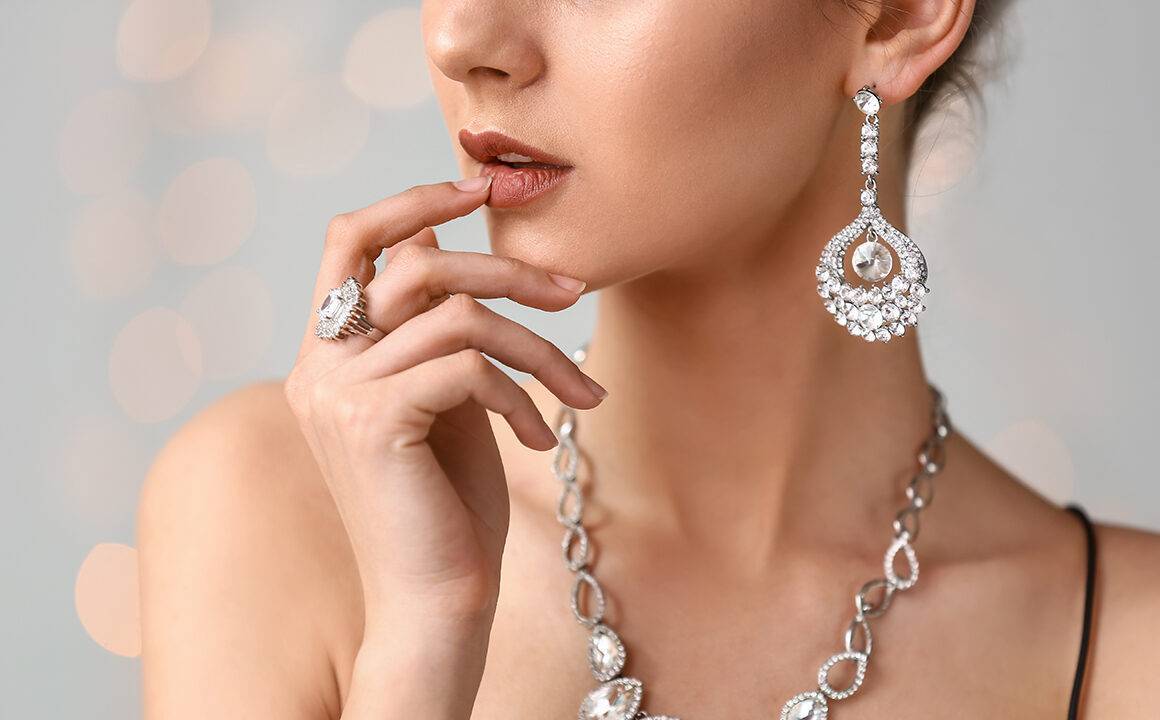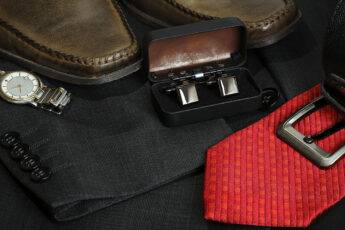5 Ways to Identify Vintage & Antique Jewelry Pieces

Maybe you inherited a piece of jewelry from your grandmother, or you’ve just been to a thrift store, and you’re curious about your necklace, but all you know is that it’s pretty old. Antique pieces must be at least a century old, whereas jewelry must be at least made 30 years ago to be considered vintage.
This indicates that vintage and antique jewelry can be classified into a variety of categories depending on fashion trends, production techniques, prominent materials, and jewelry stamps. Read on to find out the ways to identify vintage and antique jewelry pieces.
Examine signs of wear
While any pre-owned jewelry will show signs of wear, vintage jewelry will have an especially soft, lived-in appearance. Sharp edges on prongs that keep stones in position have gone smooth, as have areas that are regularly brushed, such as fastenings and earring hooks.
Clasps should also be easy to open and close because any stiffness will have worn away over time. Real pearls lose their shine over time, and vintage pearls have faded spots on the parts of the pearls that come into touch with the skin the most. For example, these flaws shouldn’t be present if you’re buying new graded AAA pearl earrings, so if a piece has them, it might even be antique.
Look for maker’s marks or trademarks
Stamps of grading, a manufacturer’s mark with a famous brand name or logo, trademarks specifying that a piece was created in one place and then sent elsewhere, or graphic markings denoting other metals are all examples of various hallmarks.
Keep a watch out for marks from brands that were formerly popular but are no longer around, regional hallmarks that have been changed, or metal alloys that are no longer used in modern jewelry. All of these are indicators that you have a valuable older piece, and you should look for them on the inner side of your jewelry.
Pay attention to methods of production
Take a close look at the piece’s fasteners in detail. Some clasps, for example, did not become popular until the twentieth century. The lobster claw clasp, is among the most prominent clasps on contemporary bracelets and necklaces first appeared in jewelry in the 1970s, and it resembles a lobster’s claw hence the name.
Simple C-clasps and safety-pin type clasps were used on early twentieth-century brooches, which developed into the more complicated and secure spring-loaded clasps used on modern brooches. This is is an important indicator that you may have a vintage piece, but it doesn’t necessarily prove that, as some manufacturers may still use the old closing methods.
Popular Materials to Look For
Bakelite, camphor glass, and palladium are just a few of the materials you should look for. Bakelite, the first artificial plastic, was invented in New York in 1907. It was employed in jewelry because of its unusual beauty and range of colors, including transparency, in addition to its adaptability in producing household items. It has since become a sought-after collector’s item.
Camphor glass was first introduced in the late 1800s as a sort of mourning jewelry, but it quickly gained popularity. Palladium is a gleaming silver-white metal that first appeared in jewelry in the 1930s when platinum was kept for military usage during WWII. As a result, a palladium item of jewelry will most likely date from the 1930s or after.
Look for any elements that stand out
As we’ve seen, architectural geometric designs were quite fashionable in jewelry during the 1920s and 1930s. Flowers and butterflies were employed as natural motifs in the delicate, poetic shapes of the early 1900s Art Nouveau period. If your piece features diamonds, look at the shape to check if it’s an old mine-cut diamond, which was cut by hand rather than using today’s laser cutters.
On the other hand, if your piece is dark in color with black gems and lace, it may have to do with the mourning of Queen Victoria for her husband. When Prince Albert died, the people wore black jewelry encrusted with jet, onyx, and other dismal jewels like garnets to accompany their queen in her grief.
Final thoughts
It can be difficult and overwhelming to navigate the world of vintage jewelry, but it can also be thrilling and rewarding. When you buy or inherit vintage jewelry pieces, you’re entering a long line of stories and contributing to history. You’re showcasing your distinct personal style in a way that no one else can, supporting the jewelry industry in an environmentally friendly manner, and making a contribution to individuals and small companies. Next time you get your hands on a piece that looks vintage, consider this guide to do your research.
Share via:




Leave a Comment